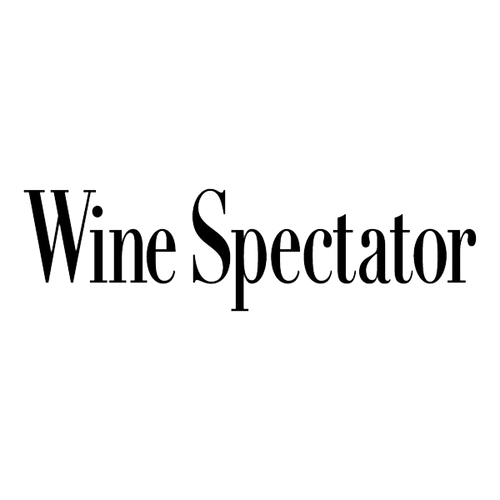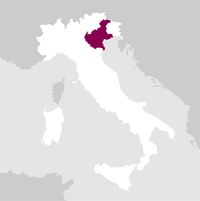Description
In the local dialect, the term 'Olmèra' indicates the elm tree forest that used to be present where the vineyard now stands. These elms have left particular elements in the soil that give great structure and personality to this wine.
Awards
Details

Perfume

Color

Taste
Serve at:
12 - 14 °C.
Longevity:
05 - 10 years
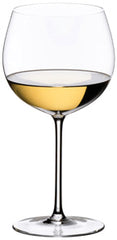
Pairings
- Start up year: 1866
- Oenologist: Tiziano De Stefani, Alessandro De Stefani
- Bottles produced: 400.000
- Hectares: 60
In the second half of the 19th century, Valeriano De Stefani, the founder, found the best soil where to produce wines with rare personalities in the Colvendrame estate in Refrontolo, on the hills between Conegliano and Valdobbiadene, north of Venice.
His son Valeriano, second generation, inspired by his careful wife Angelina, began the tradition that the De Stefanis family has always adhered to: total devotion to quality with no compromise.
Tiziano, third generation, went till the Piave Valley identifying in the Pra' Longo estate in Monastier di Treviso and in the Le Ronche estate in Fossalta di Piave, both north-east of Venice and located near the Adriatic sea and the Dolomites Alps mountains, a particularly suitable soil made of "caranto": a mix of white clay and minerals from the Dolomites mountains. Respecting the ancient tradition of the family, he brought essential innovations in vineyard management and vinification.
Today, Alessandro De Stefani, fourth generation, produces wines under a very natural philosophy from old and very high-yield vineyards. Turning native varieties into better account, he developed a world distribution network, with an annual production limited to 400.000 bottles from 150 acres of vineyard and with wines recommended in the most influential Guides. Read more
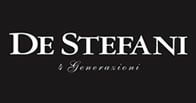
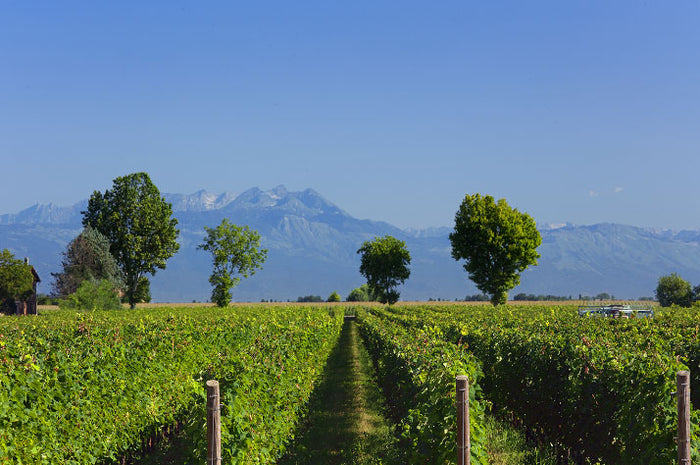
| Name | De Stefani Sauvignon Blanc Olmera 2017 |
|---|---|
| Type | White still |
| Denomination | Veneto IGT |
| Vintage | 2017 |
| Size | 0,75 l |
| Alcohol content | 14.0% by volume |
| Grape varieties | 60% Friulano/Sauvignon Vert, 40% Sauvignon |
| Country | Italy |
| Region | Veneto |
| Vendor | De Stefani |
| Story | The name OLMÈRA derives from the location of the vineyard that produces the grapes for this wine. They are where there was once 'olmèra', which in local terminology indicates a wood of old elm trees. This area has always been considered of particular value for viticulture, as it has soil that naturally gives body and richness to the wines it generates. |
| Origin | Le Ronche estate, Town of Fossalta di Piave (Venice). |
| Climate | Mild, with medium-low rainfalls and summer temperatures that allow excellent grape ripening. |
| Soil composition | Alluvial origin, composed of white clay and dolomitic rock sediments. |
| Cultivation system | Guyot. |
| Plants per hectare | 8,400. |
| Harvest | Early to mid-September, with early ripening of the grapes to increase their concentration and aromatic qualities. |
| Wine making | Grapes are destemmed and crushed, followed by soft pressing. The Friulano is dried for 1 month with the development of noble rot in the grapes. The Sauvignon grapes are not dried. |
| Aging | The Friulano ferments and matures in barriques on all its lees, while the Sauvignon ferments and matures in cement tanks on all its lees. On both wines, the yeasts are periodically suspended through frequent stirring to increase the wine's thickness and harmony. |
| Year production | 5792 bottles |
| Allergens | Contains sulphites |





